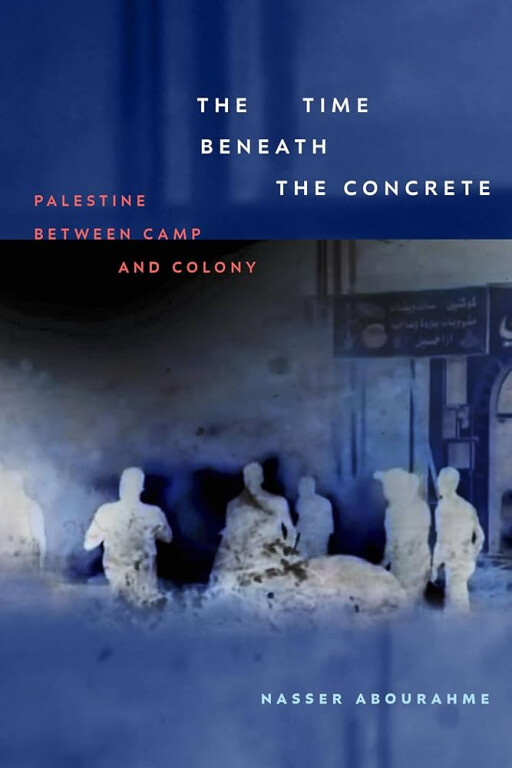
The Time Beneath the Concrete: Palestine Between Camp and Colony
The Time beneath the Concrete tells the story of the settler colonial conquest of Palestine by telling the story of its camps. This is both a way to acknowledge that all Palestinians whether they live in formal refugee camps, marginalized in Israel, besieged in the Gaza Strip, or in exile are in some way encamped, and an insistence that the story of Palestine remains a story of colonial dispossession. Further, with the camp comes camp time, the permanent temporariness of dislocation and vulnerability. The issue of Palestine is a struggle over not only land but also historical time. Nasser Abourahme demonstrates that settler colonialism is as much about new beginnings as new land, and resistance is about finding new temporal rhythms as well as recovering the temporal order displaced by settlements the time beneath the concrete. Abourahme tells the story of the Palestinian question by telling the story of the Palestinian refugee camp as a political object. We come to see the Palestinian insistence on return as a refusal to abide by the closure of the past into settler futurity. Palestinian struggle does not just happen in the open time of dispossession, it happens over this time. A form of anticolonial refusal that draws its power not from any decisive finality, but precisely from irresolution and keeping time open. This inherent entanglement of settler colonialism, camp, time and history has implications beyond Palestine.
